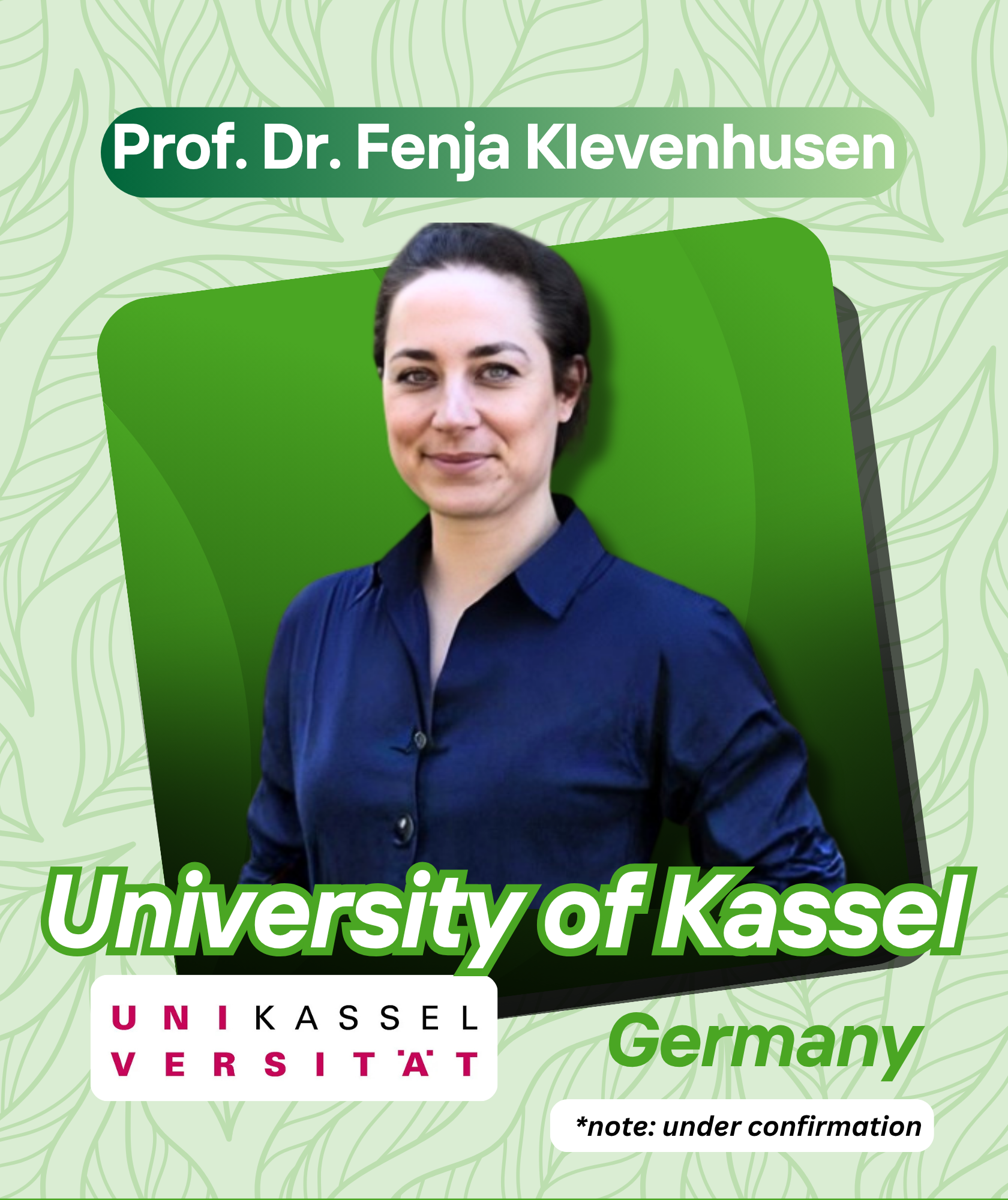A Study of Optical Properties of Edible Film based Coconut Water for Sustainable and Environmentally Friendly Materials Packaging
This title has been presented on Thursday, December 14, 2023 at 11.25-11.35 GMT+7.
Keywords:
Coconut water, Edible film, Optical propertiesAbstract
This title has been presented on Thursday, December 14, 2023 at 11.25-11.35 GMT+7.
A lot research has been carried out to find more environmentally friendly substitute materials for plastic, including bioplastic. Several researchers have conducted studies on the materials used to make bioplastics, including cellulose. In this research, plastic packaging based on nata de coco, chitosan and acetic acid was manufactured using mixing and casting methods. Nata de coco is the result of fermented coconut water. Plastic packaging based on nata de coco was successfully produced with a mass composition of 16 grams of nata de coco, 0.2 grams of chitosan and different volumes of acetic acid, namely 15 ml, 20 ml and 25 ml . Based on UV-Vis spectrometer testing, samples obtained with a 15 ml acetic acid variation produced a transmittance value of 89%, while samples obtained with a 20 ml acetic acid variation produced showed a transmission value of more than 90%. This high transmittance value shows that nata de coco-based plastic packaging samples obtained with variations of 20 ml of acetic acid have a high level of transparency. Coconut trees are tropical plants that are easy to grow in coastal areas. Therefore, this plant is well known to the public considering that Indonesia is an archipelagic country and has spread out beaches. Indonesia is one of the largest coconut producing countries in the world, so research using coconut is very sustainable.













